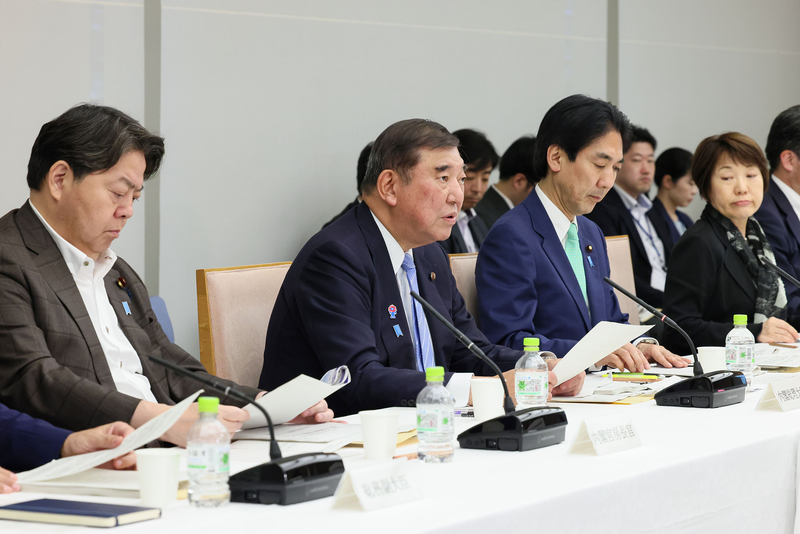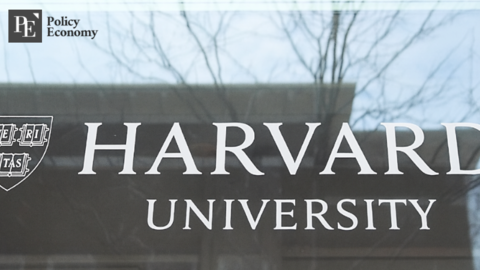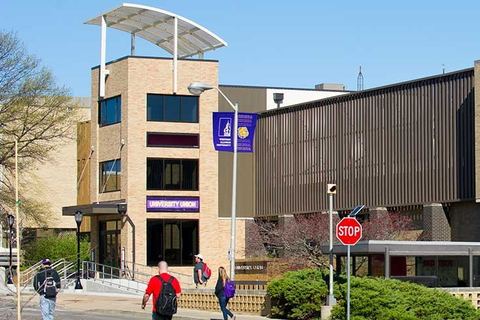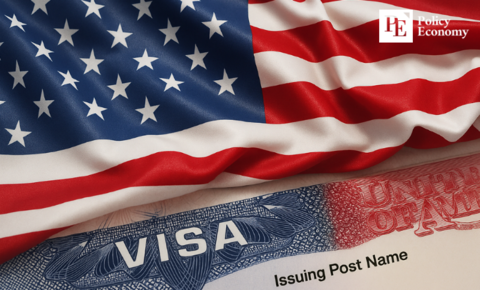Japanese Government and Universities Launch Talent Recruitment Drive Amid Scientist Exodus Triggered by Trump
Input
Modified
Japan Expands Financial Support for Foreign Talent Recruitment Using ¥10 Trillion University Fund Tohoku University and Other International Excellent Research Universities to Receive Increased Support France, UK, and Spain Launch Independent Talent Recruitment Strategies Across Europe

The global scientific community is undergoing a tectonic shift. Since Donald Trump’s return to the White House, sweeping policy changes in the United States have triggered unease within academic and research institutions. Restrictions on foreign students, skepticism toward climate science, and reduced support for international collaboration have combined to erode America’s long-standing status as a safe haven for scientific talent. In response, countries across the globe are moving decisively to capture the brainpower that is now, perhaps for the first time in decades, reconsidering its American future. Leading this charge is Japan, which has launched a multi-pronged, government-backed campaign to attract top researchers and international students who are disillusioned by U.S. policies. Alongside Japan, European countries and Canada are also rolling out bold national strategies to welcome the emerging wave of scientific migrants.
Japan Strengthens 'International Brain Circulation' Strategy
On June 4, Japanese Prime Minister Shigeru Ishiba chaired the Comprehensive Science, Technology, and Innovation Conference and made clear that Japan sees opportunity in the disruption. Citing widespread concerns about the U.S. research climate under the Trump administration, Ishiba stated that Japan must boost its own scientific capabilities by welcoming foreign researchers through a reinvigorated “international brain circulation” strategy. This vision seeks to go beyond merely avoiding brain drain—it is an active two-way model: sending Japanese researchers abroad while simultaneously attracting world-class talent into Japan to deepen its scientific networks and global research output.
Until now, Japan has been cautious in recruiting American researchers, largely out of respect for its diplomatic ties with the United States. Instead, it has historically focused on attracting talent from Asia—particularly China, South Korea, Southeast Asia, and India—as well as from Europe. Most of Japan’s foreign researchers today hail from these regions, and European representation has been steadily growing. However, Ishiba’s directive marks a clear pivot. During the meeting, he instructed ministers to urgently draft concrete strategies for recruiting global talent, clearly signaling a departure from Japan’s previously restrained approach.
Among the initiatives under discussion is a move to narrow the considerable pay gap between Japanese and American academics. Professors at prestigious U.S. institutions typically earn over USD 207,030 annually, nearly three times the average USD 69,000–83,000 salary for Japanese professors. To bridge this divide, Ishiba has directed officials to mobilize the 10 trillion yen university endowment fund—a national strategic fund created to elevate Japanese universities to world-class status. The fund is now seen as a cornerstone in efforts to enhance researcher compensation, secure resources, and modernize infrastructure to make Japan more competitive in the global academic marketplace.
Universities Actively Court U.S. Researchers and Students
Tohoku University stands at the forefront of this national pivot. This year, it received USD 106 million under the “International Excellent Research University” program funded by the national endowment and is now setting its sights on U.S.-based faculty. The university has reportedly reached out to approximately 180 researchers from elite American institutions, including Stanford University, and has begun active on-the-ground recruitment. Tohoku plans to hire several of these scholars by March 2026 and is seeking additional government funding to expand its recruitment capacity.
Other universities are also mobilizing swiftly. Osaka University has become the first Japanese institution to publicly declare a numerical goal: it aims to bring in 100 U.S.-based researchers and has secured a USD 4.14 million yen budget to support the endeavor. The university is already overhauling its internal systems to accommodate the incoming talent. It has also launched a formal hiring process to recruit young medical and life sciences researchers as postdoctoral fellows. Crucially, Osaka is providing tailored administrative assistance to ensure smooth entry and settlement for these scholars.
At the same time, the Japanese government is working to attract international students who have been displaced by U.S. visa and enrollment restrictions. On May 27, the Ministry of Education, Culture, Sports, Science and Technology issued a nationwide directive to universities, urging them to prepare for an influx of students from U.S. institutions like Harvard University who are reconsidering their academic futures. The University of Tokyo was the first to respond officially. President Teruo Fujii underscored the urgency of Japan’s role in preserving global academic continuity, stating, “The academic world is working to protect its accumulated research achievements. Japan must determine how it can contribute. A systematic and strategic approach is essential.”

Europe and Canada Join the Global Talent Race
Japan’s push is part of a broader, international movement. In May, the European Union launched the “Choose Europe” campaign, specifically targeting scientists disillusioned by the situation in the U.S. As part of the campaign, the EU introduced a 500 million euro support package for the 2025–2027 period aimed at creating a favorable research ecosystem. The initiative includes generous salaries, long-term contracts, increased research funding, and simplified immigration and residency processes—a comprehensive effort to make Europe a prime destination for scientific talent.
National-level initiatives are complementing the EU’s broader push. France unveiled the “Choose France for Science” platform and is actively courting American scientists. During a visit to the European Commission, French President Emmanuel Macron proclaimed that “Europe will be a refuge for scientists,” adding, “Science has no passport or race.” In parallel, the United Kingdom announced a USD 67.5 million investment to launch an immigration program for foreign researchers. Spain, too, is accelerating its efforts, having allocated an additional USD 51.4 million to bring U.S. scientists into its academic institutions.
Canada, sharing both a border and linguistic ties with the U.S., has been particularly agile in leveraging the American talent outflow. Since early 2025, there has been a noticeable uptick in the number of American scientists, professors, and researchers relocating to Canada. Several faculty members from Yale University have reportedly transferred to the University of Toronto, and more are said to be considering similar moves. Canadian provinces are taking initiative as well. Quebec has launched a recruitment campaign aimed at researchers disillusioned by the Trump administration’s climate change skepticism. British Columbia and Manitoba have introduced customized policies to attract U.S. medical professionals, with some offering fast-tracked immigration services and generous research grants.
As the world recalibrates in response to shifting U.S. policies, the global competition for minds is intensifying. For countries like Japan, the exodus of American-based scientific talent is not just a challenge—it is a strategic opportunity. With bold investments, diplomatic nuance, and long-term vision, Japan and its international partners are redrawing the map of global research leadership. The coming years may well reveal that the greatest scientific discoveries of the post-Trump era will not be made in America—but by those America let go.





















